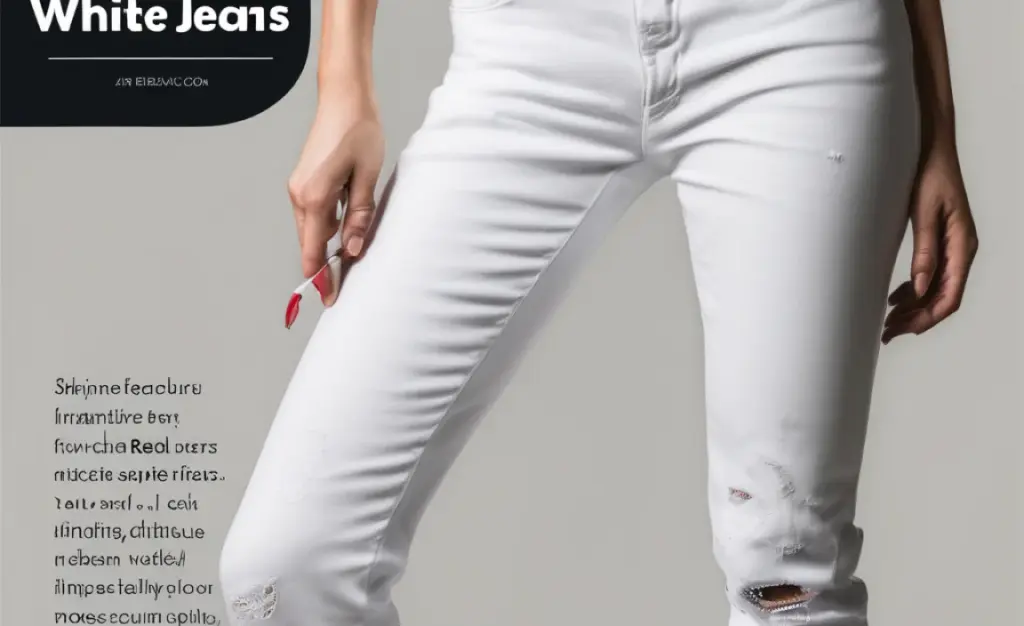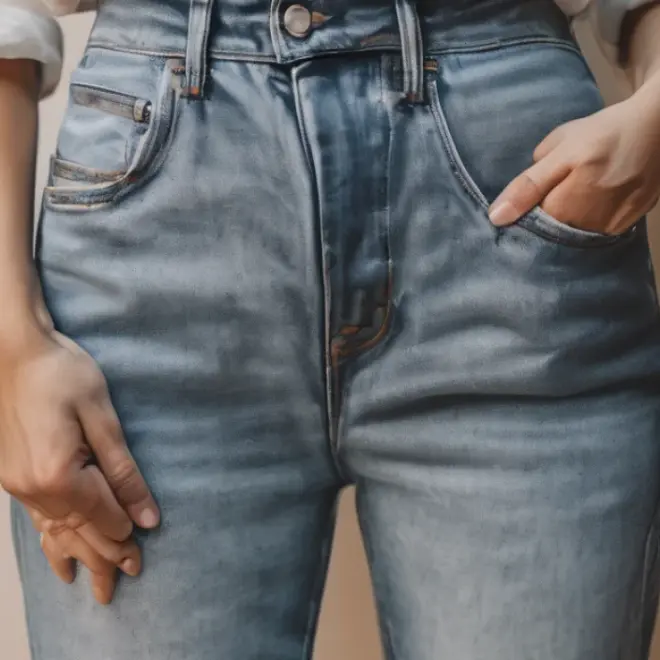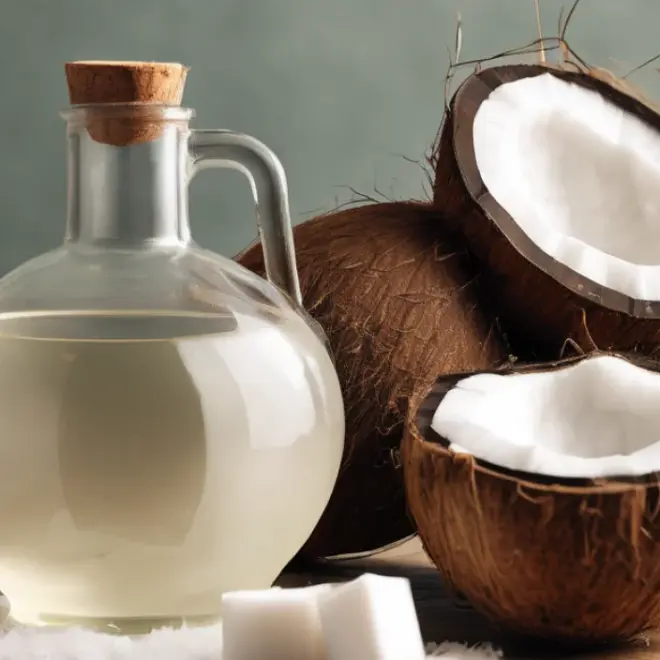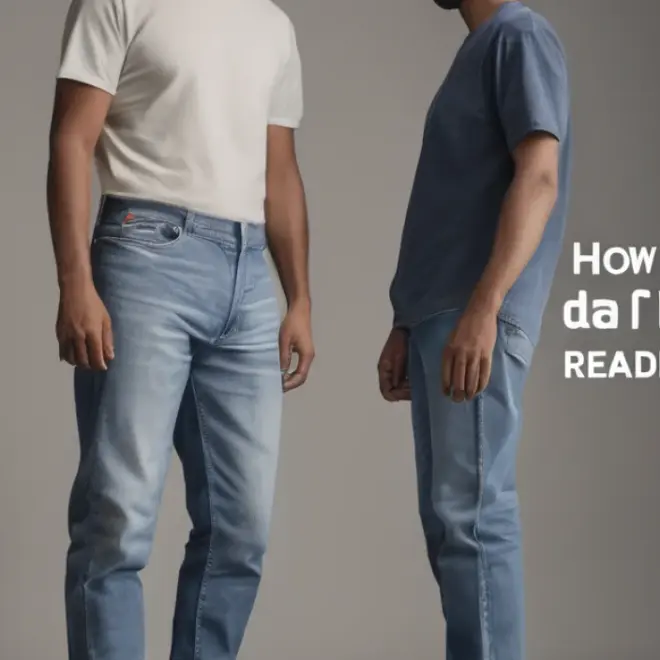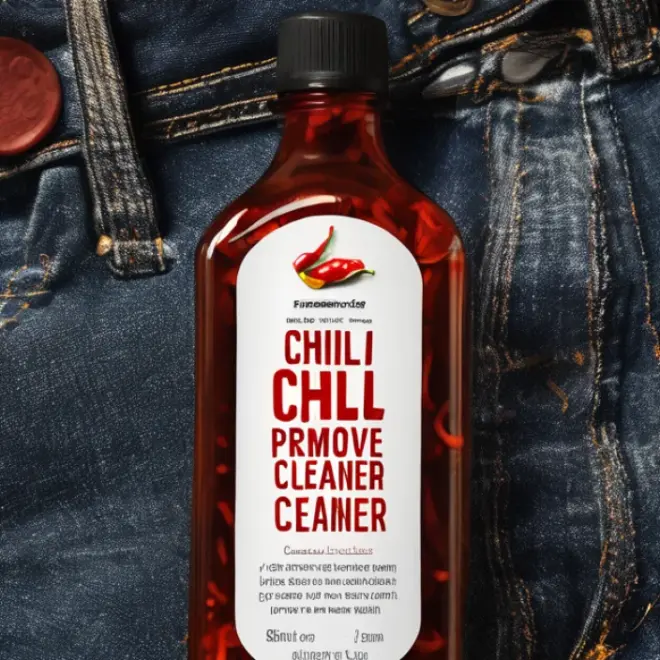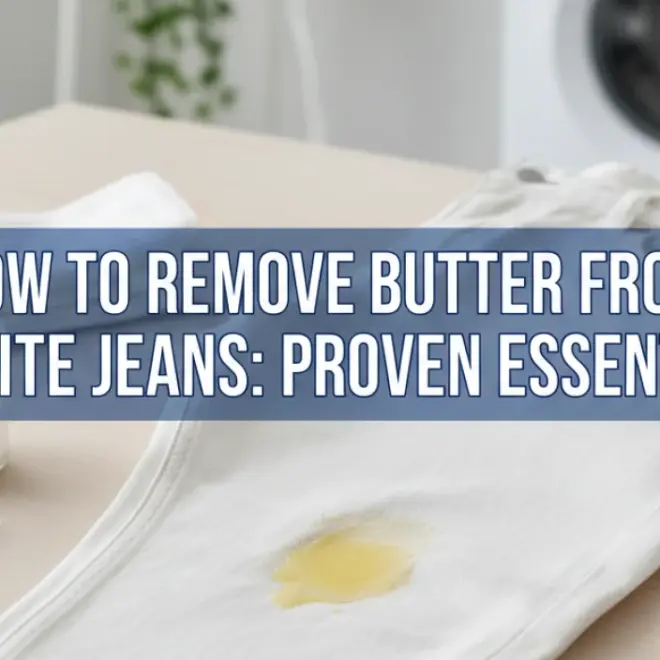Yes, you can remove Sharpie from white jeans with common household items and a little patience. This guide provides easy, step-by-step methods to lift permanent marker ink from your favorite white denim, restoring them to their pristine condition.
White jeans are a wardrobe staple, offering a crisp, clean look for any occasion. But accidents happen, and a stray Sharpie mark can feel like a fashion disaster. Don’t panic! Permanent marker ink, while notorious, isn’t invincible, especially on sturdy white denim. This guide will walk you through effective, beginner-friendly methods to tackle those unwelcome ink stains, ensuring your white jeans can be salvaged.
We’ll explore different cleaning agents, explain the science behind why they work, and provide clear, actionable steps. By the end of this article, you’ll feel confident in your ability to banish Sharpie marks and keep your white jeans looking their best.
Understanding Sharpie Ink and Denim
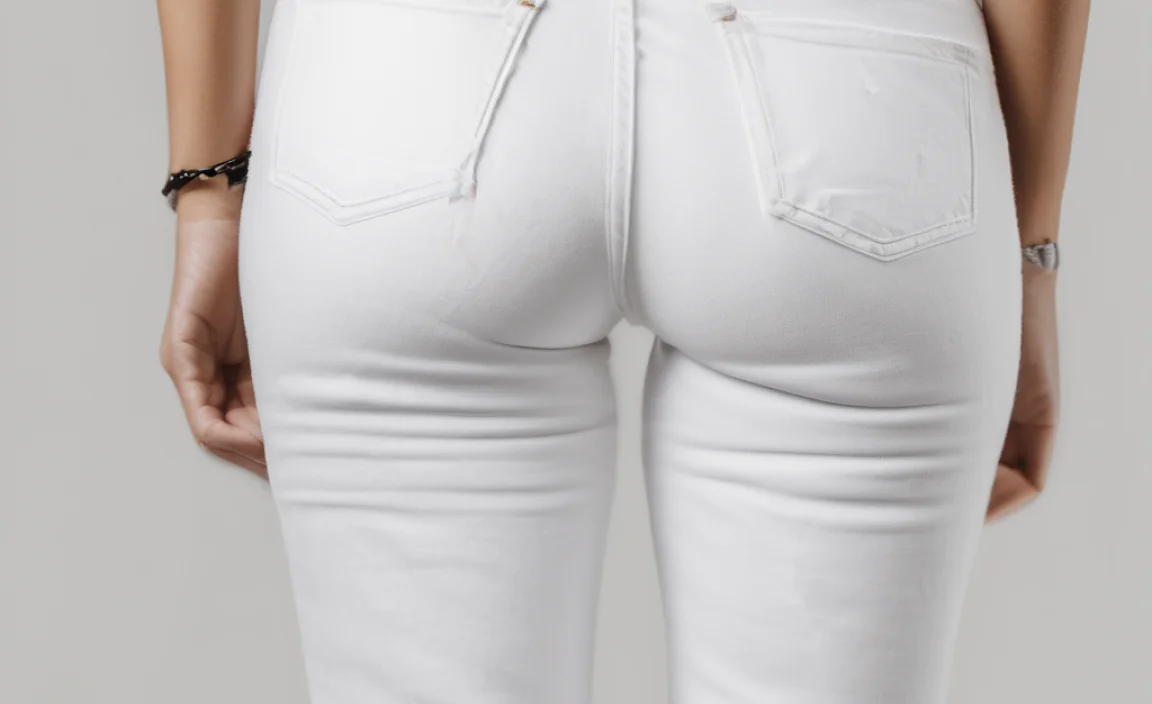
Sharpie markers contain pigments and solvents that bind to fabric fibers. The permanence comes from the alcohol-based solvents, which evaporate, leaving the ink behind. Denim, being a cotton twill fabric, is relatively durable and absorbent, which can be both a challenge and an advantage when removing stains. The weave of the denim allows cleaning solutions to penetrate, but it can also trap the ink.
White jeans present a unique situation. While the color makes the stain highly visible, it also means there’s no dye to worry about bleeding or fading. This allows for stronger cleaning agents to be used more freely, often with great success. Understanding this makes the removal process less intimidating.
Essential Tools and Supplies
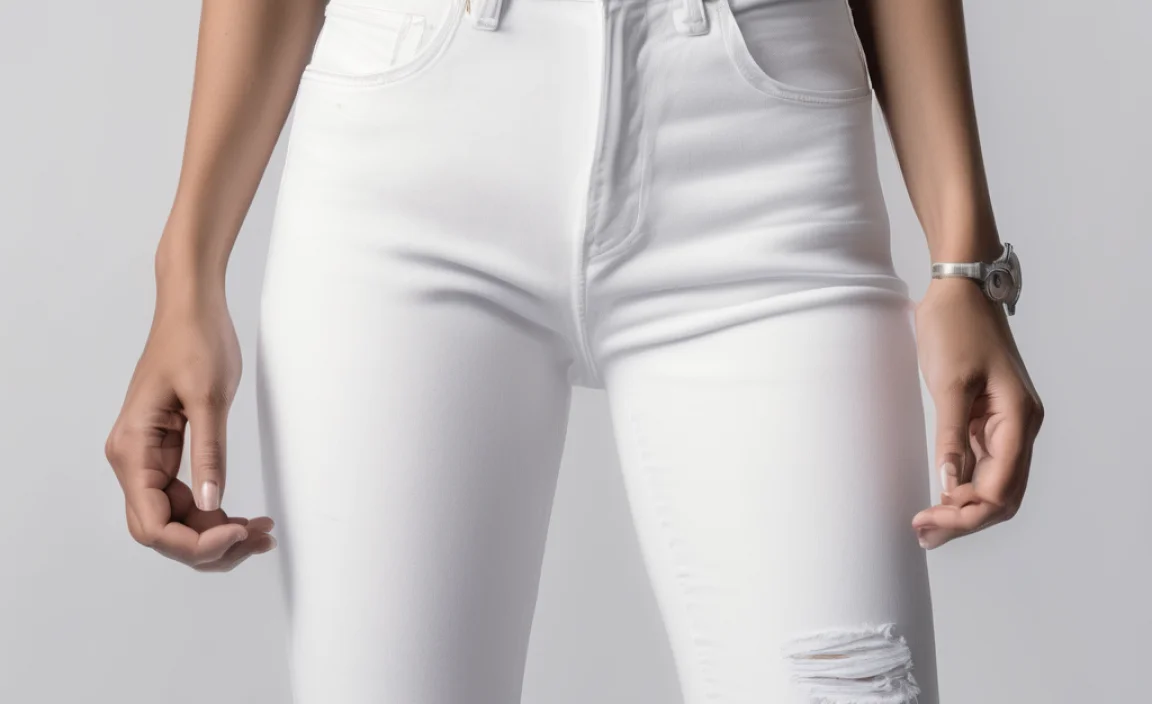
Before you begin, gather these common household items. Having everything ready will make the stain removal process smoother and more efficient.
- Clean white cloths or paper towels
- Cotton balls or swabs
- Rubbing alcohol (isopropyl alcohol, 70% or 91% concentration is best)
- Hairspray (alcohol-based is key)
- Nail polish remover (acetone-based)
- Baking soda
- Hydrogen peroxide
- White vinegar
- Mild liquid laundry detergent
- A soft-bristled brush (like an old toothbrush)
- Gloves to protect your hands
- Optional: Baking soda paste (baking soda mixed with a little water)
- Optional: Stain remover specifically designed for ink
Method 1: Rubbing Alcohol – The Go-To Solution

Rubbing alcohol is often the most effective and accessible solution for Sharpie stains on fabric. Its solvent properties help break down the ink’s binders. Always work from the outside of the stain inward to prevent spreading.
Step-by-Step Guide Using Rubbing Alcohol:
- Protect: Lay a clean white cloth or several paper towels under the stained area of the jeans. This will absorb the ink and alcohol as it lifts, preventing it from transferring to another part of the garment.
- Test: Apply a small amount of rubbing alcohol to an inconspicuous or inside seam of the jeans to ensure it doesn’t damage or discolor the fabric. Wait a few minutes to check for any adverse reactions.
- Apply Alcohol: Dampen a clean white cloth or cotton ball with rubbing alcohol. Do not soak the fabric.
- Blot the Stain: Gently blot the Sharpie mark with the alcohol-dampened cloth. Press down firmly and lift. You should start to see the ink transferring to the cloth.
- Repeat and Rotate: Continue blotting, using a fresh section of the cloth or a new cotton ball as it picks up ink. The goal is to lift the ink rather than rub it further into the fibers. Replace the absorbent cloth underneath if it becomes saturated with ink.
- Work Inward: Always work from the outer edges of the stain toward the center to avoid spreading the Sharpie mark.
- Rinse: Once the stain appears to be gone or significantly faded, rinse the treated area thoroughly with cold water.
- Pre-treat and Wash: Apply a small amount of mild liquid laundry detergent directly to the treated spot and gently rub it in. Wash the jeans as usual in cold water.
- Air Dry and Inspect: Check the jeans after washing. If any trace of the stain remains, repeat the alcohol treatment before drying. Heat from a dryer will set any remaining stain, making it much harder to remove. Air dry the jeans until you are certain the stain is gone.
Method 2: Hairspray – The Unexpected Hero

Many hairsprays, especially older or alcohol-heavy formulations, can act as a solvent. Like rubbing alcohol, it’s the alcohol content that makes this work.
Step-by-Step Guide Using Hairspray:
- Prepare: Place a barrier of paper towels or a clean white cloth beneath the stained area.
- Test: Spray a small amount of hairspray onto an inconspicuous part of the jeans to ensure it doesn’t cause damage.
- Spray the Stain: Generously spray the Sharpie mark with the alcohol-based hairspray.
- Blot: Immediately begin blotting the stain with a clean white cloth or paper towel. The ink should start to dissolve and transfer to the cloth.
- Reapply and Blot: Continue spraying and blotting until the stain is no longer visible on the jeans or transferring to your cloth.
- Rinse: Rinse the area thoroughly with cold water to remove any sticky residue from the hairspray.
- Wash: Follow up by pre-treating with liquid detergent and washing the jeans in cold water as you normally would.
- Check Before Drying: Inspect the jeans before putting them in the dryer. Repeat the process if necessary.
Method 3: Nail Polish Remover (Acetone) – For Stubborn Stains
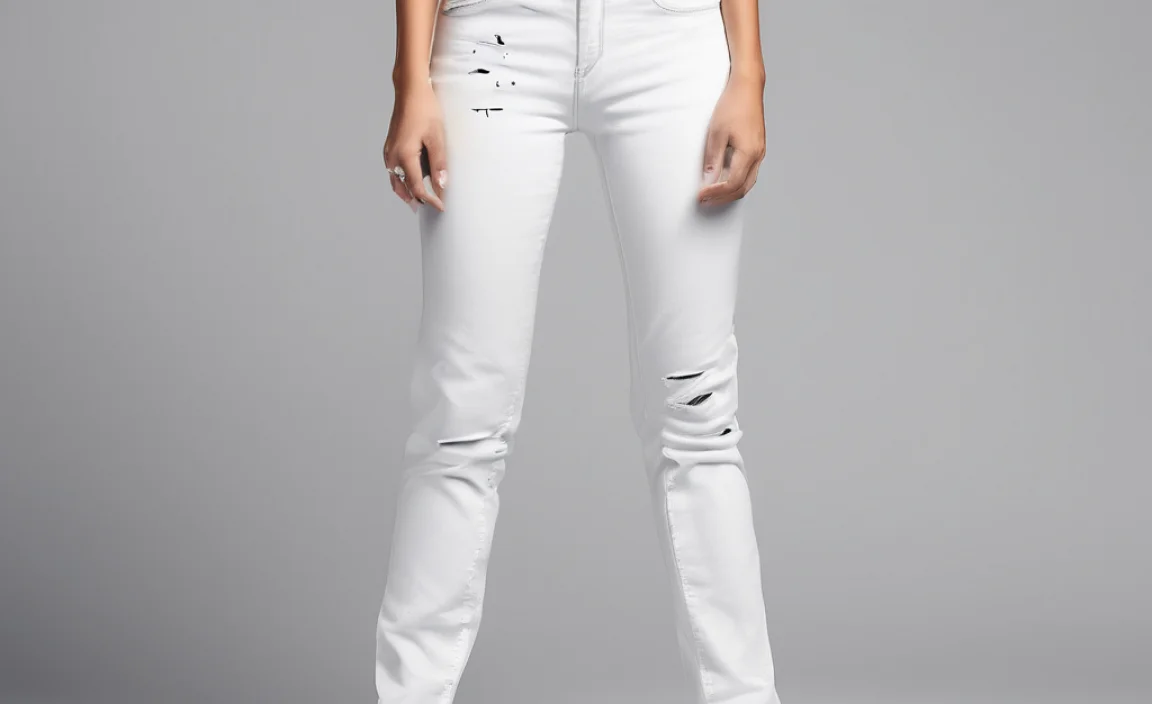
Acetone is a powerful solvent and can be very effective, but it’s also harsher. It’s best used as a backup when other methods haven’t fully worked, and always with caution.
Step-by-Step Guide Using Nail Polish Remover:
- Protect: As always, place a protective barrier of paper towels or a white cloth underneath the stain.
- Test: Crucially, test the acetone-based nail polish remover on an inside seam or hidden area first. Acetone can damage certain synthetic fibers or finishes.
- Apply Acetone: Dip a cotton ball or swab into the nail polish remover.
- Dab Gently: Lightly dab the Sharpie stain. Avoid vigorous scrubbing, which can spread the ink. You should see the ink lifting onto the cotton ball.
- Switch and Repeat: Use a fresh cotton ball or swab frequently as it absorbs the ink. Continue dabbing until the stain is gone or no more ink is transferring.
- Rinse Immediately: Once you’ve finished, rinse the area thoroughly with cold water.
- Wash as Usual: Pre-treat with detergent and wash the jeans in cold water.
- Air Dry for Inspection: Confirm the stain is entirely removed before machine drying.
Method 4: Baking Soda and Hydrogen Peroxide Paste
This combination offers a slightly gentler, yet effective, approach. Hydrogen peroxide acts as a mild bleach, and baking soda acts as a gentle abrasive and helps lift the stain.
Step-by-Step Guide Using Baking Soda and Hydrogen Peroxide Paste:
- Make the Paste: Mix two parts baking soda with one part hydrogen peroxide to create a paste. You can also add a drop of mild liquid dish soap for extra cleaning power.
- Apply the Paste: Spread a generous amount of the paste over the Sharpie stain, ensuring it’s fully covered.
- Let it Sit: Allow the paste to sit on the stain for at least 30 minutes. For tougher stains, you can let it sit for a couple of hours, or even overnight, reapplying if it dries out.
- Gently Scrub: Use a soft-bristled brush or an old toothbrush to gently scrub the paste into the stain.
- Rinse: Rinse the paste away with cold water.
- Repeat if Necessary: If the stain is still visible, repeat the paste application and scrubbing process.
- Wash: Once the stain is removed, wash the jeans as usual with your preferred detergent in cold water.
- Air Dry: Always air dry first to ensure the stain is completely gone.
Method 5: White Vinegar – A Household Staple
White vinegar is a mild acid that can help break down various types of stains, including ink.
Step-by-Step Guide Using White Vinegar:
- Soak the Area: Pour undiluted white vinegar directly onto the Sharpie stain.
- Let it Dwell: Allow the vinegar to soak into the fabric for about 10-15 minutes.
- Blot: Blot the stain with a clean white cloth. The ink should begin to transfer.
- Add Detergent: Apply a small amount of mild liquid laundry detergent to the damp area and gently rub it in.
- Scrub Gently: Use a soft brush to gently work the detergent into the stain.
- Rinse: Rinse the area thoroughly with cold water.
- Wash: Launder the jeans as usual.
- Air Dry: Confirm the stain is gone before machine drying.
Commercial Stain Removers
There are specialized stain removers on the market designed to tackle tough ink stains. These products often contain a blend of solvents and surfactants that can be very effective.
Tips for Using Commercial Removers:
- Read Instructions: Always follow the manufacturer’s directions precisely.
- Test First: Test the product on an inconspicuous area of the jeans.
- Apply and Blot: Apply the remover as directed and blot gently with a clean cloth.
- Rinse and Wash: Rinse thoroughly and then wash the jeans as usual.
- Check Before Drying: Ensure the stain is fully removed prior to drying.
For a deeper dive into fabric care and stain removal, resources like the Federal Trade Commission’s consumer tips on clothing care offer general guidance that can be helpful.
What NOT to Do
To maximize your chances of success and avoid making the stain worse, be aware of these common mistakes:
- Don’t use hot water: Heat can set ink stains permanently into the fabric. Always use cold water.
- Don’t rub aggressively: Vigorous scrubbing can spread the ink and damage the denim fibers. Blotting is key.
- Don’t machine dry until the stain is gone: A dryer’s heat will set the stain. Air dry until you are certain it’s removed.
- Don’t use bleach carelessly on non-white areas: While this guide is for white jeans, be mindful if there are any colored threads or embellishments that bleach could damage.
Comparing Stain Removal Methods
Each method has its strengths. Understanding these can help you choose the best approach for your situation.
| Method | Pros | Cons | Best For |
|---|---|---|---|
| Rubbing Alcohol | Highly effective, readily available, works on most inks. | Can be drying to skin, strong odor. | Fresh or slightly older Sharpie marks, general purpose. |
| Hairspray | Accessible, quick for small marks. | Effectiveness varies by formula, can leave residue. | Very fresh, small Sharpie dots. |
| Nail Polish Remover (Acetone) | Powerful solvent for stubborn inks. | Can be harsh on fabric, strong fumes, test carefully. | Ink stains that resist other methods. |
| Baking Soda & Hydrogen Peroxide | Gentle yet effective, mild bleaching action. | Requires paste preparation, might take longer for tough stains. | Faded marks, or as a gentler alternative. |
| White Vinegar | Mild acid, good for breaking down ink, natural. | Might require more effort for deeply set stains. | Slightly set-in stains, as an at-home alternative. |
| Commercial Stain Removers | Formulated for tough stains, often very effective. | Can be more expensive, requires specific product knowledge. | Difficult or old ink stains. |
Frequently Asked Questions
Q1: How quickly should I treat a Sharpie stain on white jeans?
The sooner, the better! Fresh stains are always easier to remove than dried, set-in ones. Treat it as soon as you notice it for the best results.
Q2: Can I use a regular eraser on a Sharpie stain?
A regular pencil eraser is unlikely to be effective on permanent marker ink. It might remove very superficial surface marks but won’t lift ink that has penetrated the fibers.
Q3: Will these methods damage my white jeans?
When testing first and using the methods as described (especially blotting, not rubbing, and using cold water), the risk of damage to sturdy white denim is minimal. However, always test on an inconspicuous area first, especially with acetone-based removers.
Q4: What if the stain is very large or old?
For large or very old stains, you may need to repeat the chosen treatment multiple times. Be patient. Sometimes a combination of methods, like using alcohol first and then a baking soda paste, can be effective. For extremely stubborn stains, consider professional dry cleaning, but inform them about the ink type.
Q5: Can I use bleach?
For 100% white cotton jeans, a diluted bleach solution could be an option as a last resort. However, bleach can weaken fabric fibers over time and may not always be effective on ink. It’s generally safer and more effective to try solvent-based removers first. Always test bleach in a hidden area and follow dilution instructions carefully.
Q6: Is it possible to completely remove any Sharpie stain?
In most cases, yes, it is possible to remove Sharpie from white jeans. However, the success depends on the type of ink, the type of denim, how long the stain has been there, and the method used. For older or aggressively set stains, complete removal might not always be achievable, but significant fading is usually possible.
Conclusion
Encountering a Sharpie mark on your beloved white jeans can be disheartening, but it’s rarely a permanent problem. With a few common household items and a methodical approach, you can effectively lift that permanent ink and restore your denim to its original glory. Remember to always test your chosen cleaning agent on a hidden spot first, work diligently with a blotting motion, and crucially, avoid the heat of a dryer until you are absolutely certain the stain is gone.
Whether you opt for the reliable power of rubbing alcohol, the surprising effectiveness of hairspray, or the gentle yet potent baking soda and hydrogen peroxide paste, these strategies offer a clear path to stain-free success. By following these simple steps, you can confidently tackle Sharpie mishaps and keep your white jeans looking crisp and new season after season.


